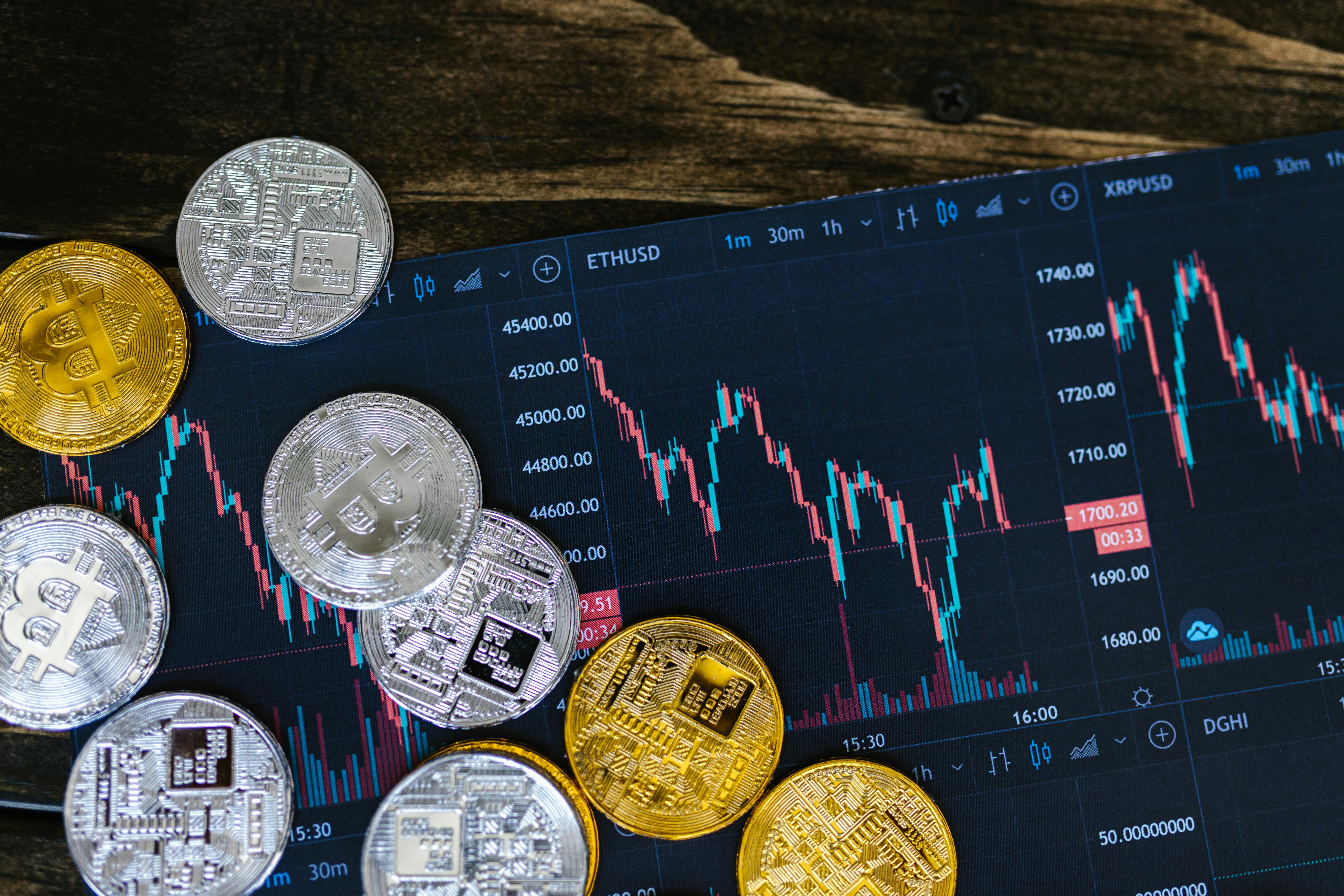
The Future of Decentralized Applications (DApps): Transforming Blockchain and DeFi Ecosystems
The Future of Decentralized Applications (DApps): Transforming Blockchain and DeFi Ecosystems

Understanding the Decentralized Application Landscape
Decentralized Applications (DApps) represent a paradigm shift in software architecture, leveraging blockchain technology to create transparent, secure, and autonomous digital platforms. These innovative applications operate on decentralized networks, eliminating traditional intermediaries and providing users with unprecedented control over their digital interactions.
Technological Evolution of DApps
The technological infrastructure supporting DApps has undergone remarkable transformation in recent years. Blockchain protocols like Ethereum, Solana, and Polkadot have dramatically expanded the capabilities of decentralized systems, enabling more complex and sophisticated application designs. Smart contract technologies have become increasingly advanced, allowing for more nuanced and programmable financial instruments.
Top DApp Protocols in 2024
| Protocol | Primary Focus | Total Value Locked (TVL) | Key Features |
|---|---|---|---|
| Uniswap | Decentralized Exchange | $4.5B | Automated Market Making |
| Aave | Lending Protocols | $3.2B | Flash Loans, Interest Earning |
| Compound | Cryptocurrency Lending | $2.8B | Algorithmic Money Markets |
| MakerDAO | Stablecoin Ecosystem | $2.5B | Decentralized Governance |
Regulatory Landscape
The regulatory environment for DApps varies significantly across jurisdictions. In the United States, the Securities and Exchange Commission (SEC) continues to develop frameworks for digital asset regulation. Offshore financial centers like the British Virgin Islands and Cayman Islands have created more flexible regulatory environments that encourage blockchain innovation.
Switzerland and Liechtenstein have emerged as particularly progressive jurisdictions, offering clear legal pathways for blockchain and DApp development. These countries have implemented comprehensive regulatory frameworks that balance innovation with investor protection.
Emerging Trends in DApp Development
Several critical trends are shaping the future of decentralized applications. Real-world asset (RWA) tokenization is becoming increasingly sophisticated, allowing for fractional ownership of physical assets like real estate, art, and infrastructure projects. Cross-chain interoperability protocols are breaking down barriers between different blockchain networks, enabling more seamless digital interactions.
Market Analysis and Future Projections
According to recent market research, the global DApp market is projected to grow from $25.9 billion in 2023 to potentially $368.5 billion by 2027, representing a compound annual growth rate of 75.2%. This exponential growth reflects increasing institutional and retail interest in decentralized technologies.
Technical Challenges and Innovations
Developers continue to address critical challenges in DApp infrastructure, including scalability, transaction speed, and energy consumption. Layer 2 scaling solutions and more efficient consensus mechanisms are providing promising solutions to these longstanding technical limitations.
RWA.codes: Expertise in DApp Development
At RWA.codes, we specialize in comprehensive blockchain solutions that address the complex challenges of decentralized application development. Our multidisciplinary team combines deep technical expertise with sophisticated legal understanding across international jurisdictions.
Our Specialized Services
- Advanced blockchain architecture design
- Comprehensive legal compliance strategies
- Real-world asset tokenization frameworks
- Cross-chain integration solutions
Contact Information
For organizations seeking to leverage the transformative potential of decentralized applications, RWA.codes offers unparalleled expertise and innovative solutions tailored to your specific requirements.